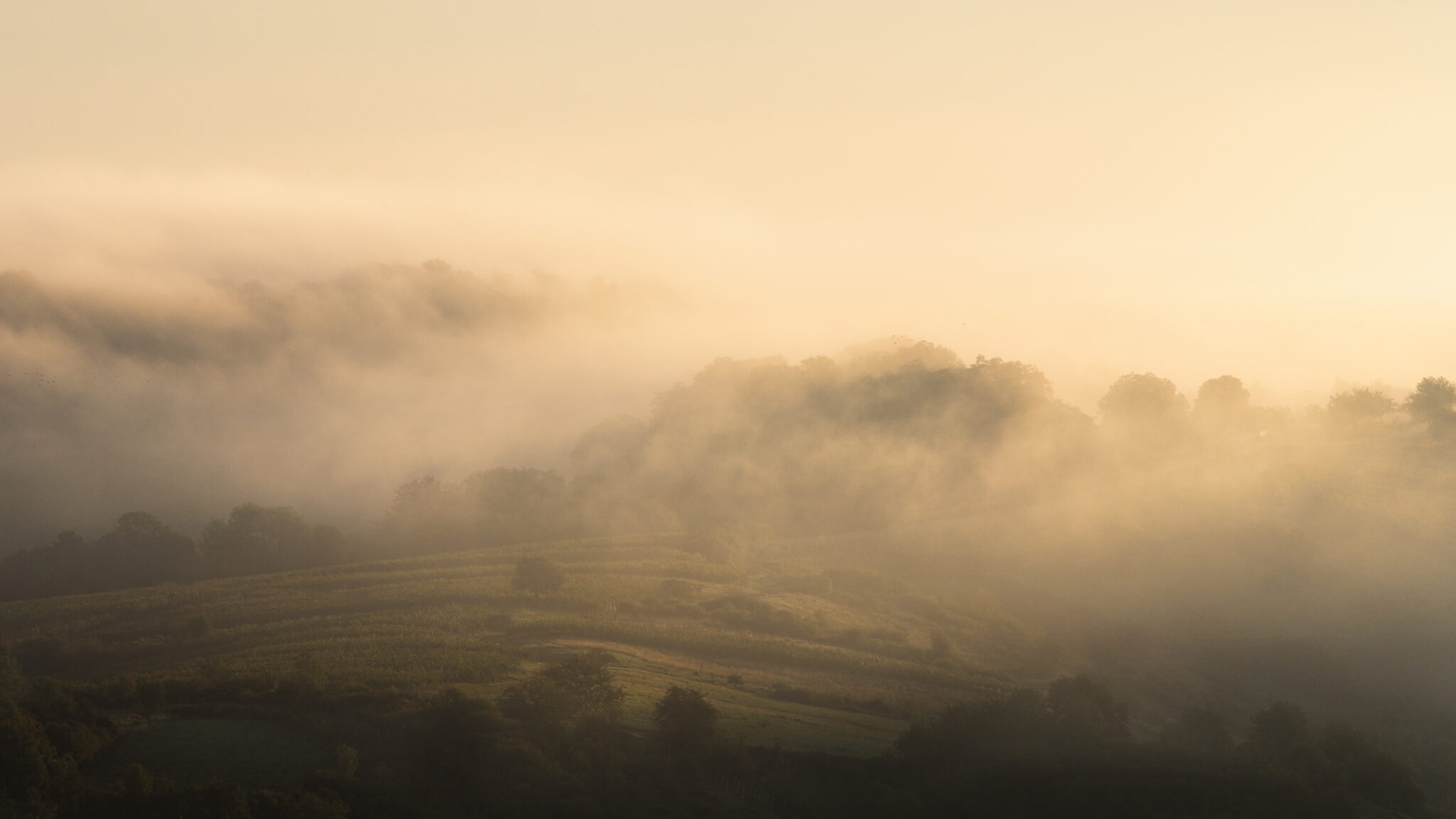
Gear:
Sony a7IV
Sony FE 4/24–105 mm G
Sony FE 100–400 mm GM
DJI Mini 3 Pro
You can see the VLOG to the BLOG at the bottom of the page or you can reach it via this button:
They are absolutely typical of the Netherlands and scattered throughout the country: windmills. Their main task, historically, was to drain land to make it usable for agriculture. However, they were also used for various other purposes, such as grinding grain, sawing wood or pressing oil.
The Netherlands, a country with a lot of water, parts of which even lie below sea level, used windmills to drain low-lying areas (polders) and thus prevent flooding and gain land for agriculture. Windmills thus became a symbol of the Netherlands. They are closely linked to its history and culture. Today, they are often tourist attractions that can be visited and where you can gain an insight into traditional Dutch life.
But they also symbolise the Netherlands’ struggle against water and its ability to deal with the challenges of water management. Today, many windmills are no longer in operation, but they are often restored and maintained to preserve them as historical monuments and showcase the rich history of the Netherlands. From a photographic point of view, they are therefore always a great subject in the flat landscape of the Netherlands, and they always have a story to tell.
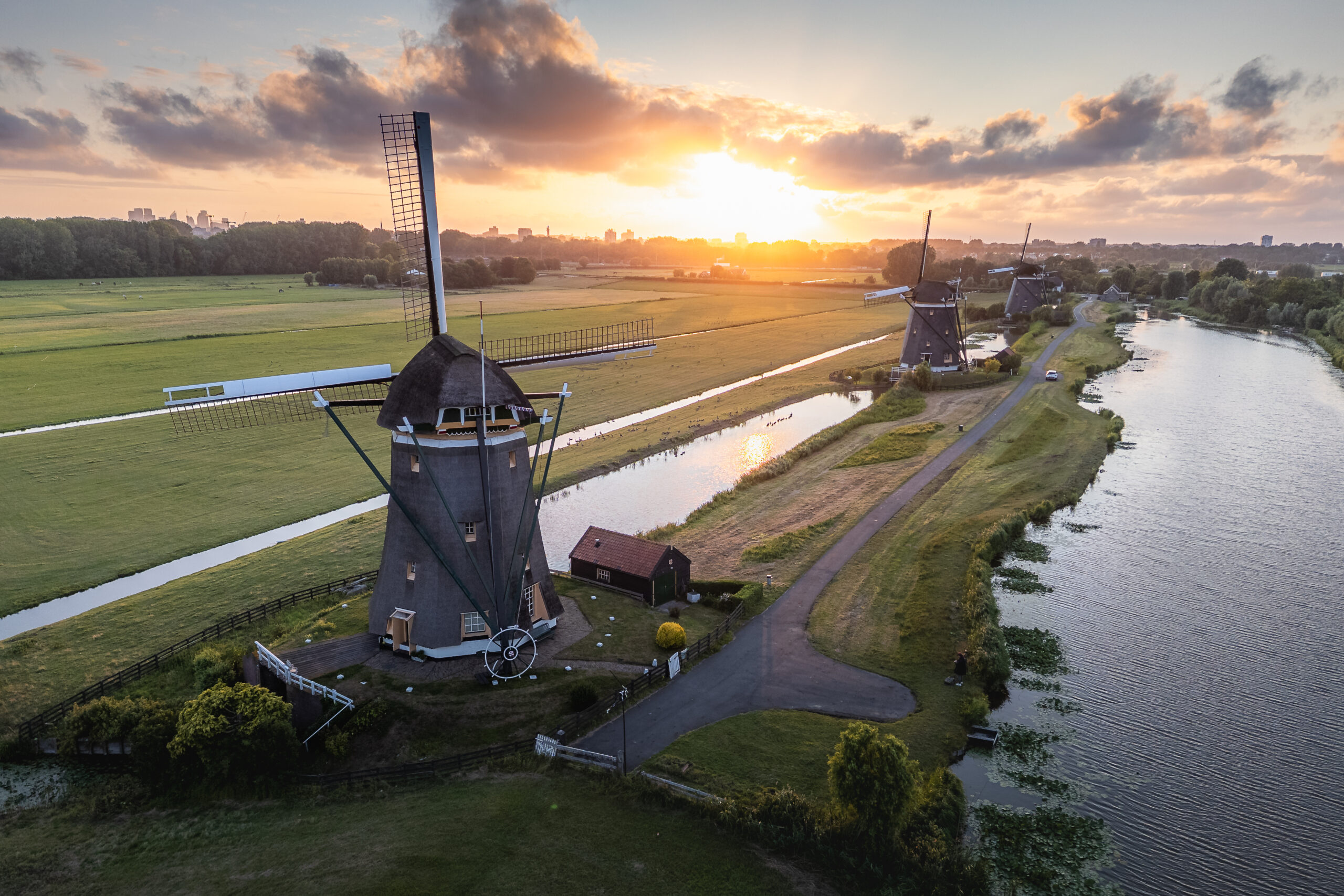
To find windmills in the Netherlands as a photographer and plan to photograph them, you can buy so-called location maps from many local photographers. These maps provide some information and the locations of the windmills. However, if you want to save your euros for dinner with your wife (or something else), you will find specific information about windmills on www.molendatabase.nl fündig.
There you will find all the windmills in the Netherlands, in most cases with pictures and their locations. With a quick look at Google Maps, you can use your imagination to generate image ideas and find possible times of year/day for each mill and see when it is worth visiting. You can also find the nearest parking spaces, so there should be nothing standing in the way of navigating to the spot.
It is somewhat more difficult to determine how accessible the windmills are. Some are located on private land. It is not always possible to walk completely around them because water, fences or farmland block the way. However, Google Maps or Earth may provide sufficient images to estimate where you can stand in relation to the mills. However, there will always be a little uncertainty. In this case, as in mine, it helps to have a drone and be able to fly it briefly. This allowed me to get all three windmills in one picture, even though a fence and private property blocked the way to my desired composition.
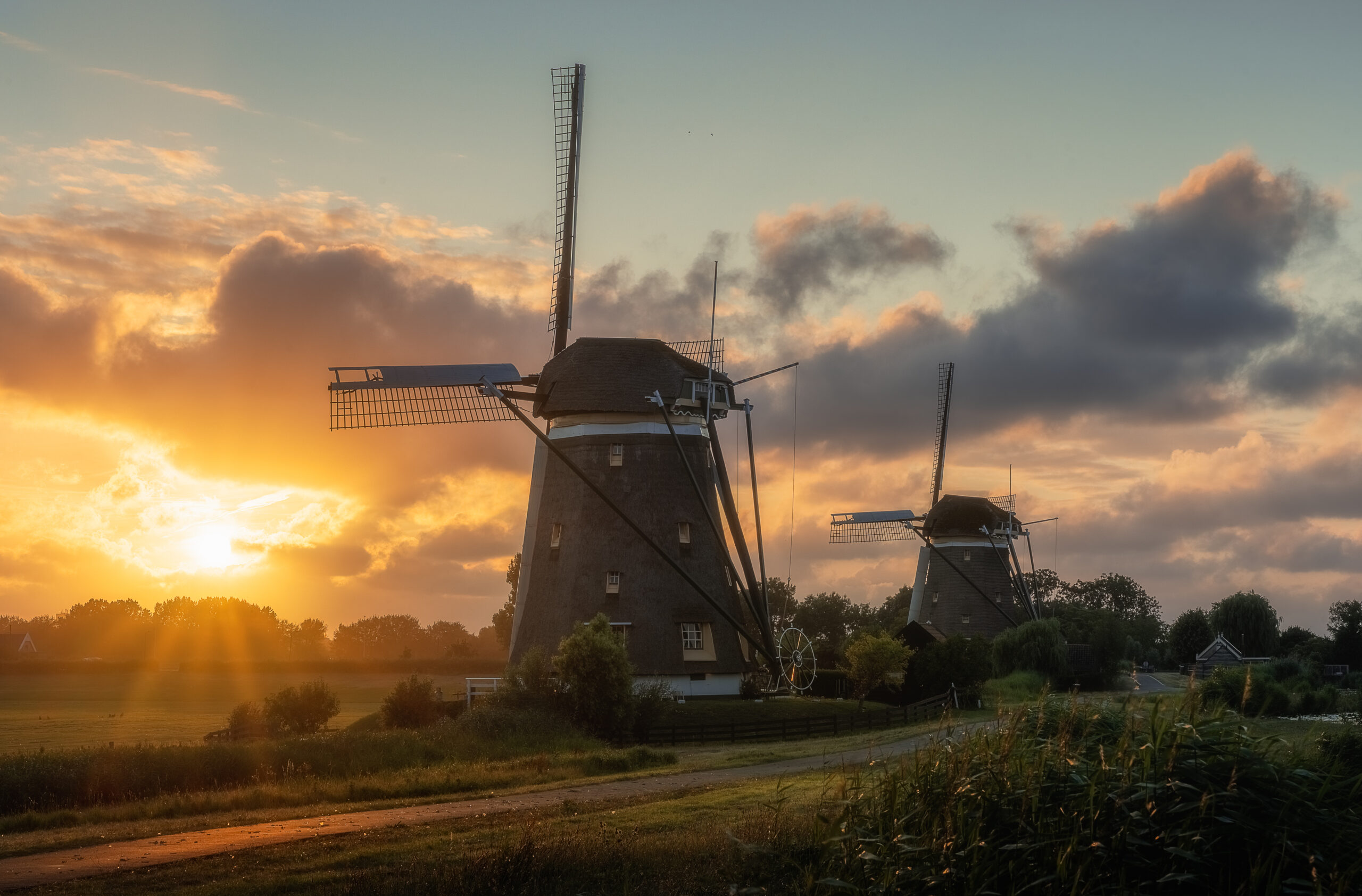
This and all other shots of this post you can request under “Prints” as an art print for your wall at home directly from me.
Back to the evening of the event. The three windmills are lined up in a straight row along a canal. My initial intention was to photograph the windmills, which faced the setting sun, at a wide angle with the setting sun on the left and the three windmills on the right of the image. The nearest windmill would have created a visual balance to the sun on the left of the image. To do this, I had scouted the path behind the last windmill on Google Maps and hoped that I would be allowed to use it to get to the ideal position. (Similar to the first drone image at the bottom of the gallery)
But the path was blocked off. So I had to make the best of it. From my possible location, I could only get 2 of the 3 windmills in the picture. To give the image as much balance as possible, I positioned the dominant windmill as close to the centre as possible. Even though the composition and lighting worked quite well in the photograph, I still feel that the visual weight tilts slightly to the left. But not so much that it’s too distracting. With the drone (above) and the three mills, it was easier to find a good balance, as the positioning of the drone (*) is, of course, much easier.
To make sure I didn’t miss any lighting situations in the dynamic weather, I decided to start with a time-lapse right away. While my camera was taking pictures non-stop, I was able to fly the drone at my leisure and do a little vlogging. I even had the intuition to optimise the image composition again briefly for one picture when the light was at its best. You can see a short excerpt of the time-lapse in the VLOG below.
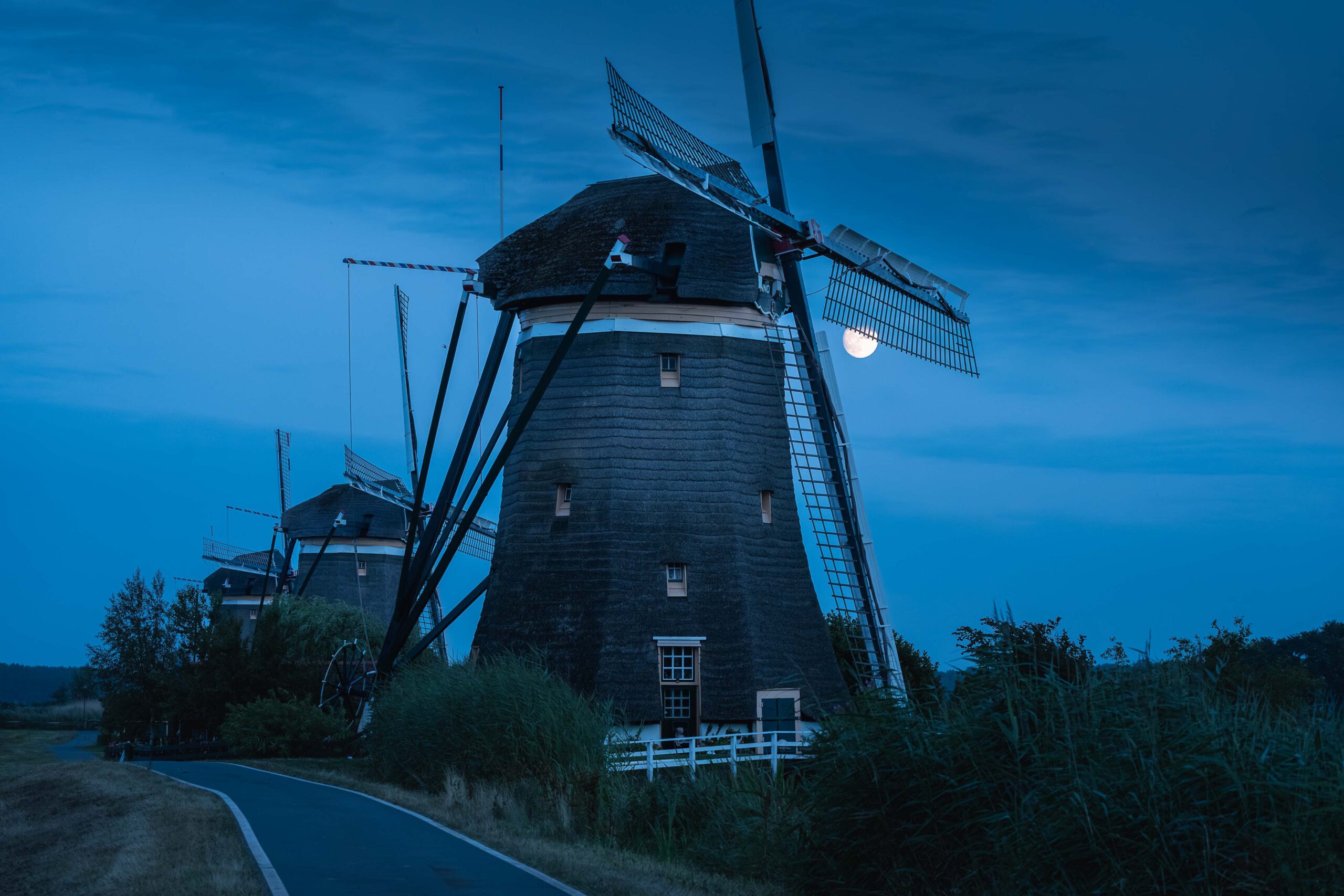
Oh yes, I almost forgot. I had already noticed beforehand that the moon should actually rise in the perfect direction. But with all the beautiful light and the need to act quickly to take photos in the warm light of the golden hour, I had completely forgotten about it. As I was setting up the tripod, it suddenly came back to me. ‘Wait a minute, there was something else!’
I took out my 100–400 mm (*) from my backpack and changed the lens. Then it appeared. The clouds cleared just in time. It wasn’t quite a perfect full moon, but it suited the atmosphere of the blue hour and the windmills exceptionally well. So I spent another half hour taking some pictures before getting back in the car and driving through the night back to our accommodation.
I am pleased with this very successful evening for my photography.
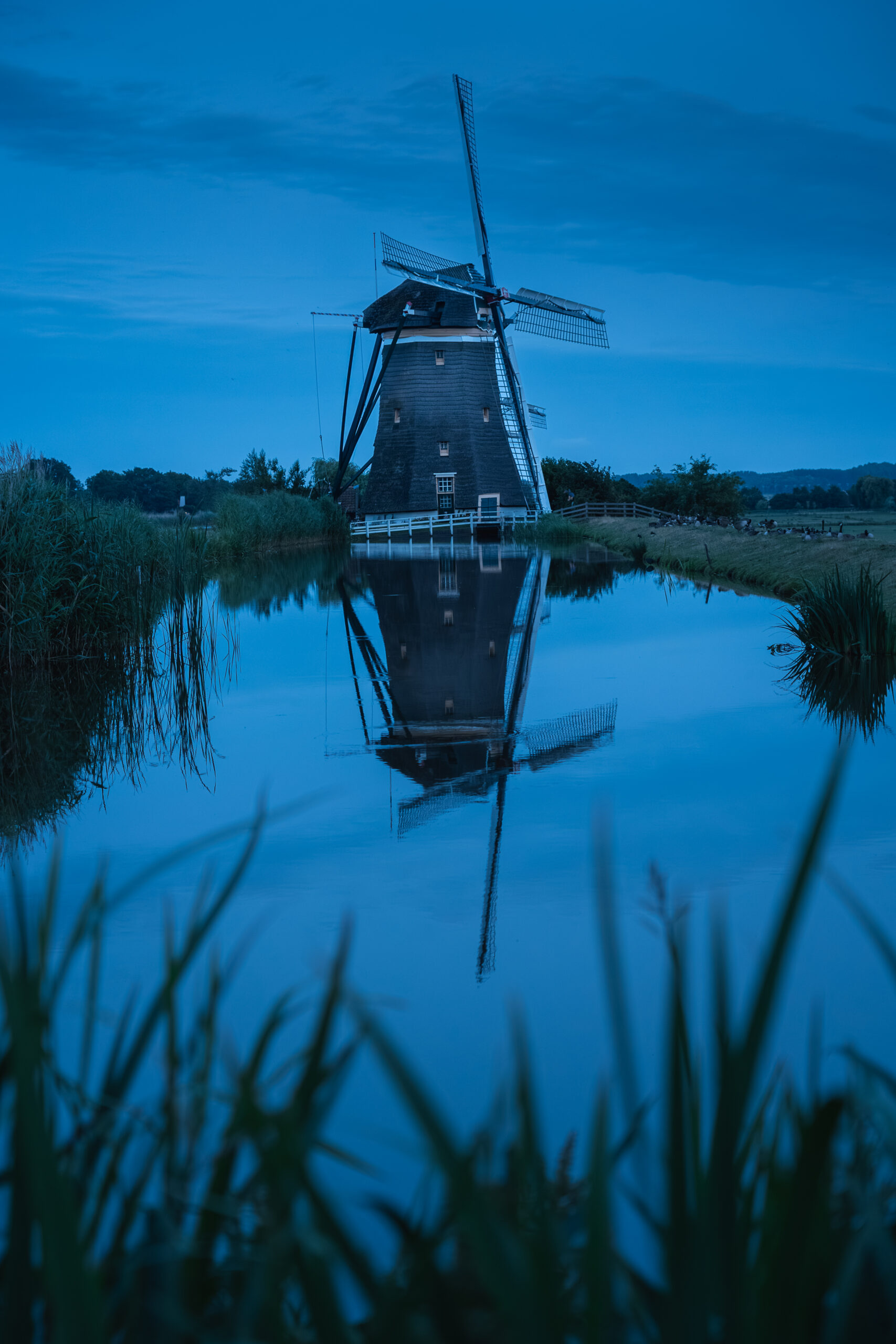
Fantastic light already on the way to the car park at these three beautiful windmills in the Netherlands. Have I already missed the best time for landscape photography at this location, or will the sun come out again during the golden hour? I almost forget that this evening could still bring another highlight.
Feel free to share: